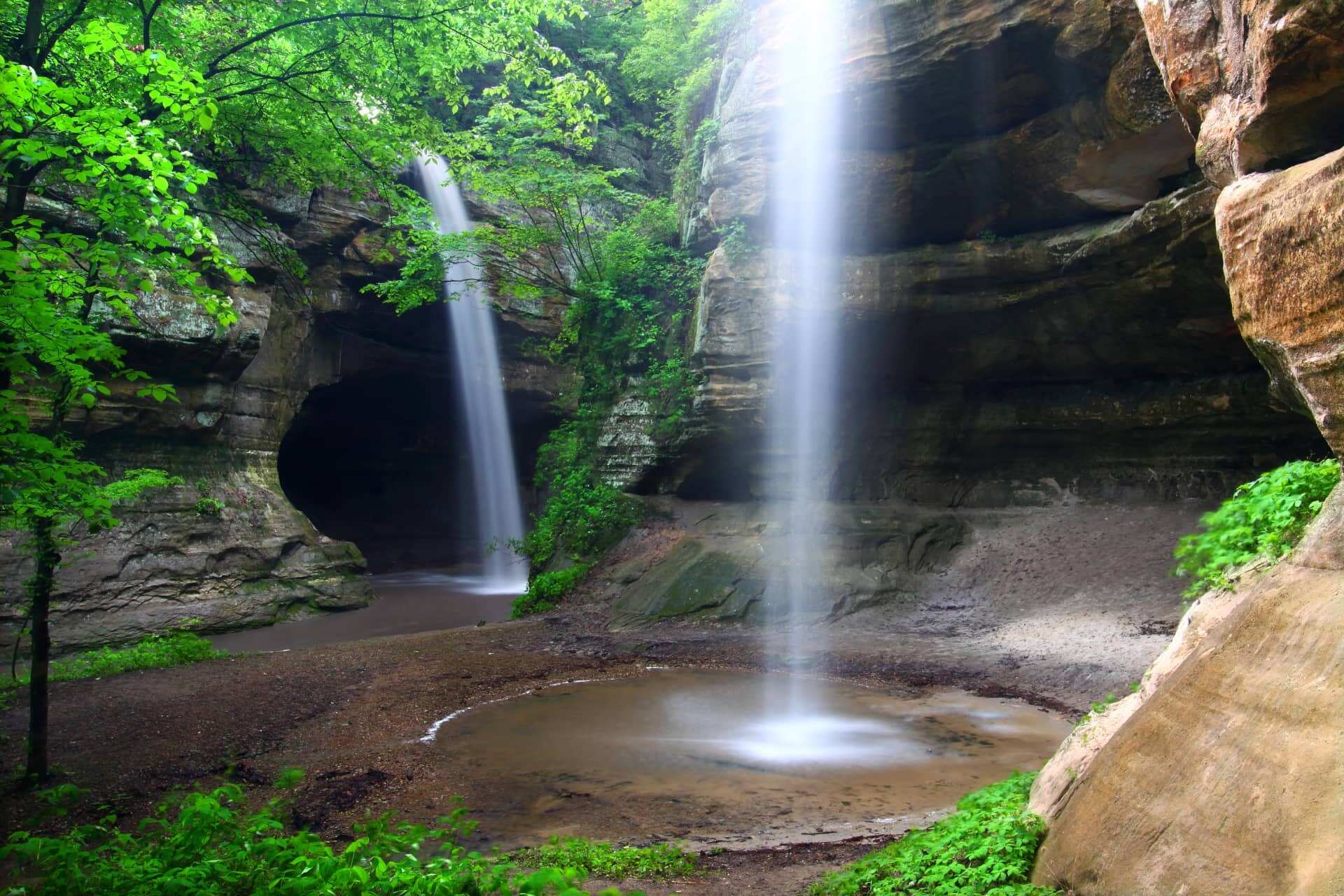Hidden Secrets Of Illinois’s Mississippi River Trade

Ever wondered about the hidden secrets of Illinois's Mississippi River trade? This bustling waterway has been a lifeline for commerce and culture for centuries. From the early days of Native American trade routes to the modern era of cargo ships, the Mississippi River has played a crucial role in shaping the region's economy. Imagine the stories these waters could tell—tales of explorers, traders, and settlers who relied on the river for survival and prosperity. Whether you're a history buff or just curious about the past, diving into the rich history of this iconic river will leave you fascinated. Let's uncover the mysteries and marvels of Illinois's Mississippi River trade together.
Hidden Secrets of Illinois's Mississippi River Trade
Illinois's Mississippi River trade has a rich history and vibrant present. From bustling ports to historic landmarks, the river has shaped the state's economy and culture. Let's dive into some hidden gems along this mighty waterway.
Historic Ports Along the Mississippi
The Mississippi River has been a lifeline for trade and transportation. Several historic ports played crucial roles in shaping Illinois's economy.
Cairo
Located at the confluence of the Mississippi and Ohio Rivers, Cairo was once a bustling port city. Its strategic location made it a key player in river trade during the 19th century. Today, visitors can explore its historic downtown and learn about its rich past.Alton
Alton's riverfront was a major hub for steamboats in the 1800s. The city played a significant role in the abolitionist movement and was a stop on the Underground Railroad. The Alton Museum of History and Art offers insights into the city's storied past.Quincy
Quincy, known as the "Gem City," was a vital port for agricultural trade. Its historic district features beautiful 19th-century architecture. The Quincy Museum provides a glimpse into the city's river trade history.
Unique Landmarks Along the River
Beyond the ports, the Mississippi River is home to unique landmarks that tell the story of Illinois's trade and culture.
Lock and Dam No. 15
Located in Rock Island, this lock and dam system is a marvel of engineering. It plays a crucial role in modern river navigation, allowing barges to pass through the river's varying elevations. Visitors can watch the lock in action and learn about its importance.Eads Bridge
Spanning the Mississippi River between Illinois and Missouri, the Eads Bridge was the first steel arch bridge in the world. Completed in 1874, it revolutionized transportation and trade. Today, it stands as a testament to engineering innovation.Fort de Chartres
This historic French fort near Prairie du Rocher dates back to the 18th century. It was a key military and trade post during French colonial times. The fort has been meticulously restored, offering a glimpse into early river trade and colonial life.
Natural Wonders Along the Mississippi
The Mississippi River isn't just about trade; it's also home to stunning natural beauty. These natural wonders offer a serene escape and a chance to connect with the river's ecosystem.
Great River Road
This scenic byway follows the Mississippi River for over 550 miles in Illinois. It offers breathtaking views, charming river towns, and opportunities for outdoor activities like hiking and birdwatching. The Great River Road is perfect for a leisurely drive along the river.Mississippi Palisades State Park
Located near Savanna, this state park features dramatic cliffs and lush forests along the river. It's a haven for hikers, campers, and nature enthusiasts. The park's trails offer stunning vistas of the Mississippi River and its surrounding landscape.Two Rivers National Wildlife Refuge
Situated at the confluence of the Mississippi and Illinois Rivers, this refuge is a sanctuary for wildlife. It's a prime spot for birdwatching, especially during migration seasons. The refuge's wetlands and forests provide a peaceful retreat for nature lovers.
Cultural Highlights Along the River
The Mississippi River has also influenced the culture of Illinois. From music to festivals, the river's impact can be felt in various cultural highlights.
Grafton
This charming river town is known for its vibrant arts scene and festivals. Grafton hosts events like the Grafton Riverside Flea Market and the Grafton Art in the Park. The town's riverfront offers stunning views and a lively atmosphere.Galena
Galena, with its well-preserved 19th-century buildings, offers a step back in time. The town's history is closely tied to the river trade. Visitors can explore historic sites, enjoy local shops, and take in the scenic beauty of the Mississippi River.Moline
Home to the John Deere Pavilion, Moline celebrates its agricultural heritage. The city hosts events like the Mississippi Valley Blues Festival, showcasing the region's musical roots. Moline's riverfront offers a blend of history, culture, and entertainment.
The Mississippi River's Impact on Illinois
Illinois's Mississippi River trade has shaped the state's history and economy. From early Native American settlements to bustling modern ports, this waterway has been a lifeline. Towns like Cairo and Alton thrived due to their strategic locations. The river facilitated the movement of goods, people, and ideas, fostering growth and innovation.
Today, the Mississippi remains vital for commerce and recreation. Barges transport agricultural products, while tourists enjoy river cruises and fishing. The river's influence extends beyond economics, enriching the culture and heritage of Illinois.
Understanding the Mississippi River's role offers a deeper appreciation of Illinois's development. This mighty river continues to be a cornerstone of the state's identity, proving that its waters are more than just a natural boundary—they are a source of life and prosperity.

